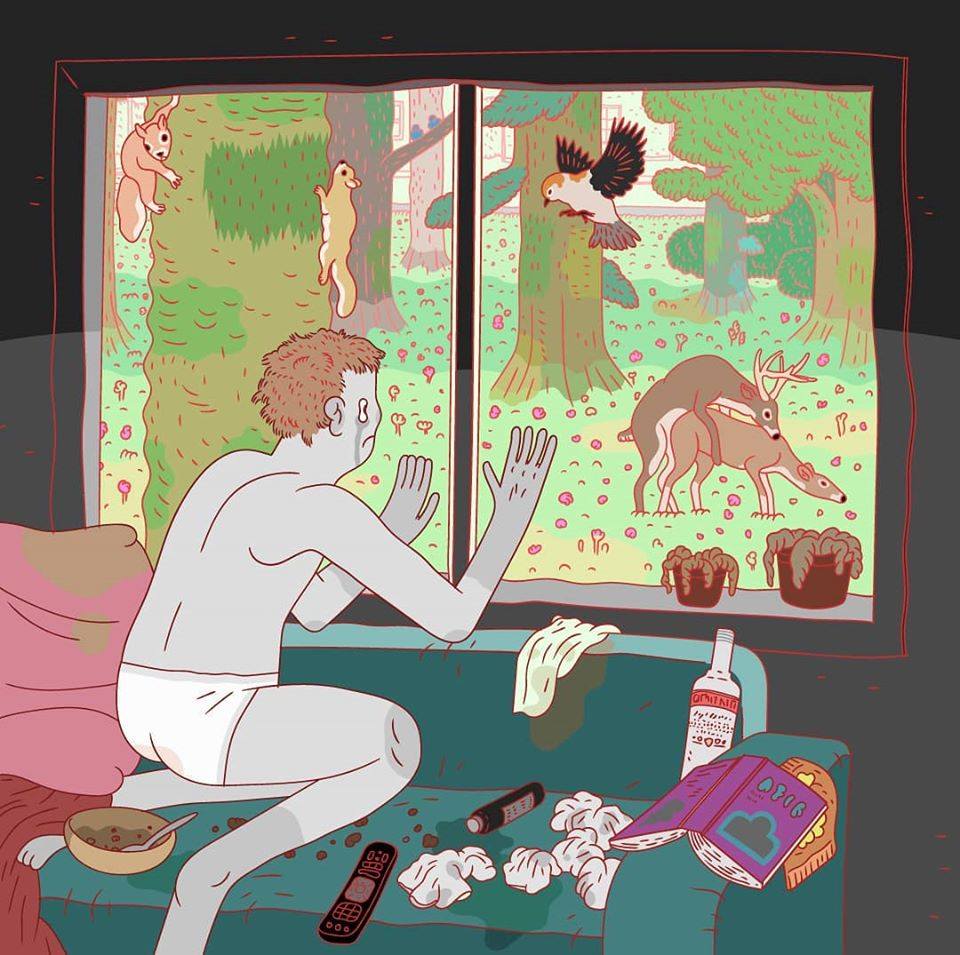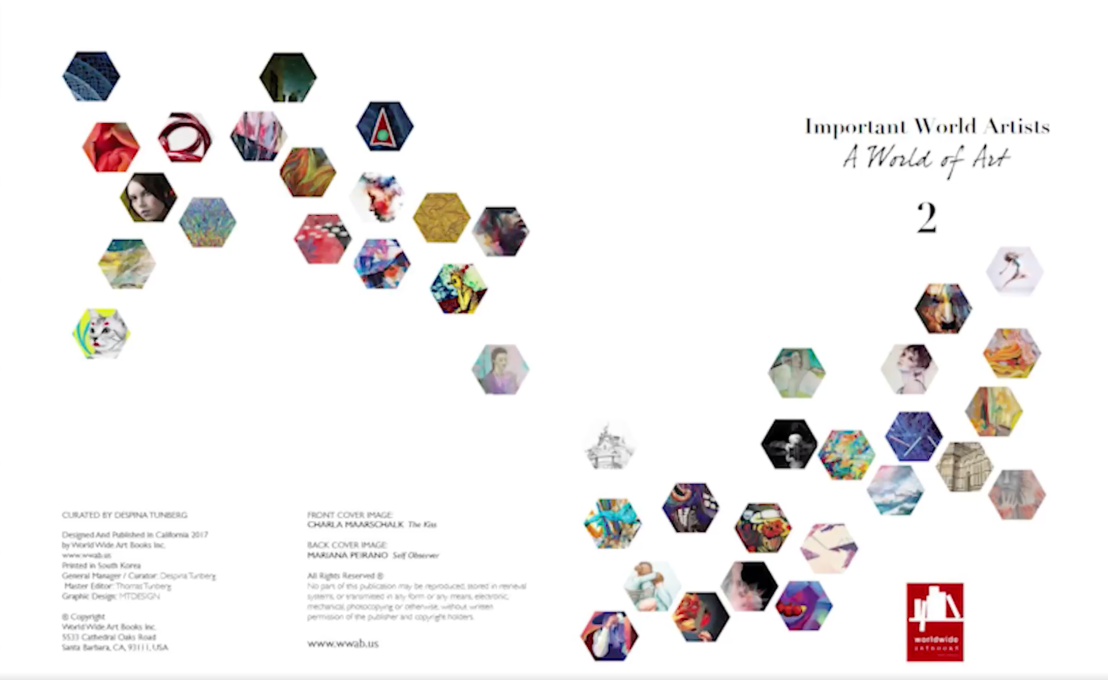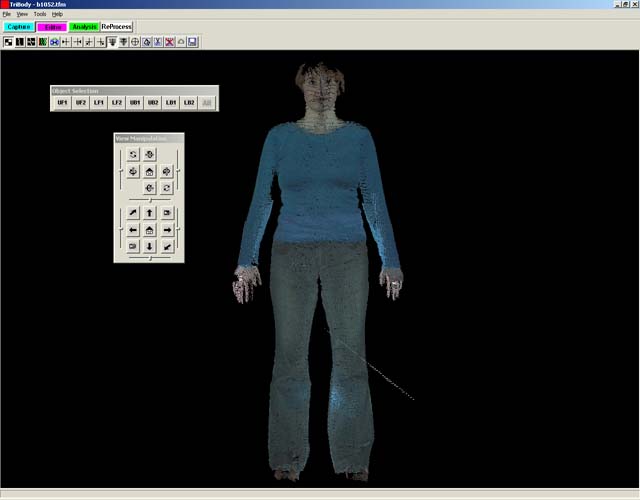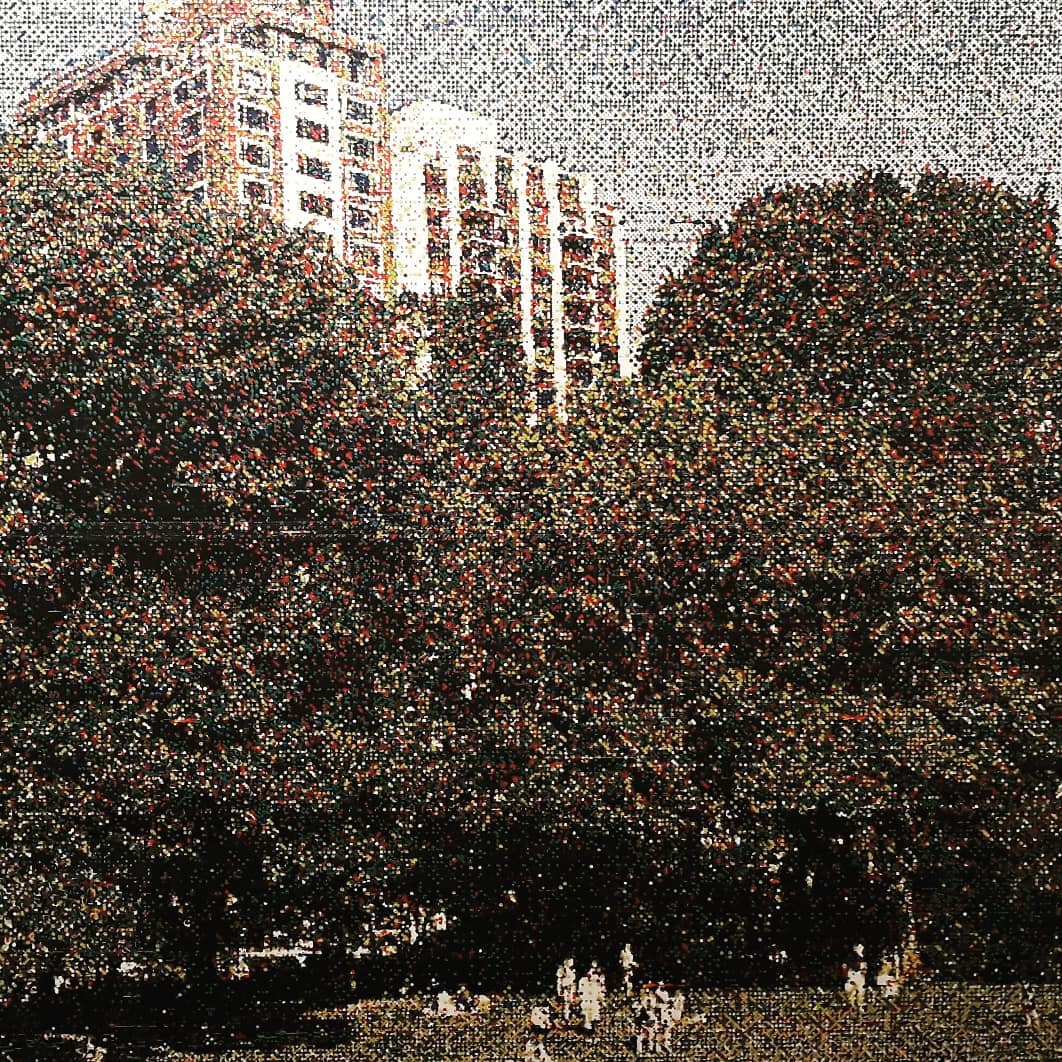What Is Happening in the World of Art Today
The Corona Virus has as well had a large impact on the fine art world. Museums, galleries and fine art fairs worldwide postponed their shows because of the outbreak. Many accept created virtual exhibitions.

Like most sectors, the Art world is hit difficult financially besides. The Met Museum in New York announced it could lose a hundred 1000000 dollars. Some galleries inevitably volition go under.
Employees are existence fired. across the gallery world. The Met, the New Museum, the Whitney, the Hammer Museum, MoMA S.F./NYC, and MoCA Mass./L.A. laid off hundreds of employees.
Many artists might be hit twice. Not being able to show and sell their work and making a living by with jobs in fine art institutions.
Some governments came upward with ways of supporting people and institutions. The metropolis of Berlin has launched a benefits scheme. It strives to save small entrepreneurs and freelancers suffering from of the electric current health situation. This includes artists and fiddling cultural businesses. But there are likewise many other initiatives to raise coin. From very small personal gestures to big fundraising projects.
Will art publications be able to pay their writers, staff? Critics might start their own Blogs. Artists post work on social media or make videos or screen films.

The pandemic could spell the terminate of fine art fairs besides. The biggest like Art Basel and perhaps Frieze will probably exist fine. The Basel fair owns its ain convention hall and therefore does non have to pay so many overheads.
Art education is facing problems besides. Last week, the San Francisco Art Constitute announced that there will be no classes this fall. The Museum of ModernArt terminated contracts with all its educators.
Yet, it is also a unique opportunity to make new works. Without distractions and being forced to stay home or in the studio. Brand art specifically about the electric current situation. Having fewer employees, and lower overheads might mean it's easier to survive.
Artists take increased exposure online and on social media. Some take moved a substantial part of their business just to eCommerce.

There are many open up calls out in that location and they tin can be great, and by and large you have to pay to take part. Sometimes there is a genuine reason for this, but be conscientious information technology'due south not a vanity project.
An art gallery charges artists fees to exhibit their work. A publisher or mag has the artists pay to accept their work published. A prize is awarded to you simply if you bought your identify on the long list. If this is the case ask yourself; who is benefitting? Are you generating the money for the gallery, magazine, honor?

Mainstream publishers or galleries aim to sell enough to embrace their own costs. These people always merits to take a huge audition and that they only invite select artists. They make out the beloved your work and that information technology is a bully opportunity for you. There might really exist a show at an fine art fair, during the Venice biennale or in the gallery district of a major metropolis.

But check the reputation of the gallery. Can you find anything about information technology in the art press? What is the apportionment of the mag? Who is in the jury of the honour. If y'all are in an exhibition, book or mag you want people to see your work, not but the artists who paid to be part of it. Run across who the previous artists are that took part in it, vanity projects are non selective. They take no incentive to sell, every bit they have already been paid by the artist.

Sometimes in that location is no participation fee but a hanging fee. Sometimes it's one lumpsum sometimes you pay for each image you lot enter. You might be honored to be accepted , and that is exactly what they are aiming for. They count on your vanity hence the proper noun.

Some reputable institutions ask for a fee likewise. Likewise, it tin be fine to pay for an exhibition or publication yourself. However, before you take out your credit carte du jour or transfer to a PayPal account exist sure it'southward worth it.
It could be the view of a mural, the look in i's eyes or a phrase in a song, which triggers something in the soul to get active and to bring something new under the sun. What is driving us to create artworks? New evidence and theories in different disciplines similar genetics and archaeology were found and provide a new platform for further examinations on this field of study.

Venus Of Tan Tan created 400,000 Years Ago by Homo erectus
Researches with technologies like Uran-Thorbium equally well every bit Radiocarbon dating of artifacts and cave paintings in Europe and North Africa leaves no doubt that Neanderthals shared symbolic thinking with early on mod humans and that, equally far as information technology can infer from cloth civilisation, Neanderthals and early modern humans were cognitively duplicate. Scientists propose that the origins of linguistic communication and the avant-garde cognition characteristic of extant humans may precede the catamenia earlier the divergence of the Neanderthal lineage, more half-a-million years ago. What does that mean? Products of creativity seem to be much older than we thought. These products were not sectional to the significant sign of the modernistic homo sapiens any longer.
What is creativity standing for? Information technology seems that the notion of "creativity" originated in Western culture through Christianity. God creates the universe, the earth, and all living creatures. In the Judaeo-Christian tradition, creativity was the sole province of God; humans were not considered to have the power to create something new except equally an expression of God's piece of work. However, this is non creativity in the modern sense, which did not arise until the Renaissance when creativity was first seen, non as a conduit for the divine, but from the abilities of not bad men.

Michelangelo, the Cosmos of Adam (item), Sistine Chapel
Alfred North Whitehead was the first who coined the term "creativity" as part of his metaphysical categories while he was lecturing at the University of Edinburgh in 1927. Since these days, the term is receiving sustainable attending and got the subject of various inquiry approaches. Essentially, most studies are about the essence of inventiveness, there are different forms of categorization, and there is an intense pedagogical involvement in stabilizing creative impulses, as well every bit the sustainable promotion of creativity. The widely quoted Iv C model of inventiveness distinguishes iv areas of Mini-C, transformative learning, Little-C the expanse of everyday problem-solving and creative expression, Pro-C, which is about professional creativity, and finally the Big -C outstanding creativity in a given field. If the model also describes a sphere of creativity, information technology does non present any information about the necessary conditions for the emergence and possibly structuring of such processes.
Creativity as the ability to develop new and useful ideas is understood equally the key driving force behind scientific, technological and cultural innovation. Therefore creativity and intelligence are closely related in recent enquiry, and some tests have been adult for inventiveness based on intelligence tests. Now, the archaeological findings question this connection, for the Neanderthals accept hitherto been considered less intelligent.
Research in the field of genetics has shown initial results in terms of convergent or, on the contrary, divergent thinking. Thus, there are genetic causes for both forms of thinking, which, however, may exist influenced by other individual characteristics such as retention, openness to life, and external circumstances, even food. In the meantime, information technology must be regarded every bit proven that creativity is gender-contained. Overall, inventiveness seems to be the genetic engine of life, because even the simplest life forms develop amazing adjustability to solve even the nearly complex questions of their circumstances and environment.

City of Dusk No. seven Architectural report about megacities in 2050
Could information technology be that creative creation has emerged in a mode yet to be clarified, every bit a by-production of evolution? It would not be surprising, considering the growing up of living things to the witnessing and preservation of offspring depending on surround and predators always required mental flexibility and openness, likewise as the fast and sustainable processing and memory of information. While optimally adapted life forms in the short- and medium-term had the best chance of survival of their species, less optimally adapted, more flexibly designed forms also succeeded in achieving long-term success. They were certainly ahead of their time in a sense. To exist inventive and artistic, to develop things that take non notwithstanding been done or idea of by others, is necessary for humanity to advance. Is that non what artists are doing?
By Dieter Hanf
https://world wide web.dhanf.net
Art and science are closely connected, both are human attempts to understand and depict the earth around united states. The ii disciplines accept always influenced each other. The person most people will be thinking of here is probably Leonardo da Vinci, who is known for his scientific research every bit well as his art. However, there are many famous examples. Dürer 's celestial maps gained momentum as a scientific standard. Technological inventions have changed the way nosotros brand art. The nascence of photography changed the manner people painted, and indeed photography became an art form in its own right. Without the invention of the Paint Tube, impressionists wouldn't have been able to paint 'en plein air'. The invention of the round-saw effectually the end of the 18th-century allowed Rietveld and the artists of the Bauhaus to cut straight lines. And steel I-beams allowed buildings to stand up without columns. The invention of the estimator changed creative production over again. Information technology caused a completely unlike way of making art in all its forms.
Artists always are using the latest innovations in science. Trying to explore the possibilities of new tools and materials. That's because "Artists are trained to face novel problems.
David Hockney has always embraced mod inventions working with copy- and fax machines. He at present makes drawings while still in bed after waking up in the morn on his iPad and iPhone. He sais; "Dawn is about luminosity and and so is the iPhone. Yous tin can't overwork this, because it's not a existent surface. In watercolor, for instance, well-nigh three layers are the maximum. Beyond that, it starts to get muddy. Here you can put anything on anything. Yous can put a bright, bright blue on pinnacle of an intense yellow."

Scottish artist Beverley Hood looks at what furnishings technology has on the feeling of existence alive and human. She is interested in the relationship between body and technology. She researches the impact of technology on human experience, bodies, and relationships. Her projects include interdisciplinary cooperation and performances using technology.
 German artist Holger Bär invented a painting-machine during his studies at the University of Wuppertal from 1986 to 1989. His technique of 'digital painting' uses computer-generated templates that are transferred to the sail by self-developed machines – pixel by pixel. Bär's work questions the uniqueness of artistic authorship. Bär is a painter of the 21st century and expresses himself in this context with contemporary ways.
German artist Holger Bär invented a painting-machine during his studies at the University of Wuppertal from 1986 to 1989. His technique of 'digital painting' uses computer-generated templates that are transferred to the sail by self-developed machines – pixel by pixel. Bär's work questions the uniqueness of artistic authorship. Bär is a painter of the 21st century and expresses himself in this context with contemporary ways.
 Brussels based creative person Patrick Tresset likewise uses robots and autonomous computational systems to make drawings and paintings. The robots use cameras to "see" their subjects and a mechanical arm to draw using a pen and paper. They are more than than just coping machines, Tresset's robots are designed with "autonomous artistic creativity". Originally a painter he no longer uses his own easily to draw or paint, but yet calls himself an creative person. He is interested in how humans make marks and, depict other humans. Tresset has an MSc degree in Arts Calculating from Goldsmiths and an MPhil in Arts and engineering.
Brussels based creative person Patrick Tresset likewise uses robots and autonomous computational systems to make drawings and paintings. The robots use cameras to "see" their subjects and a mechanical arm to draw using a pen and paper. They are more than than just coping machines, Tresset's robots are designed with "autonomous artistic creativity". Originally a painter he no longer uses his own easily to draw or paint, but yet calls himself an creative person. He is interested in how humans make marks and, depict other humans. Tresset has an MSc degree in Arts Calculating from Goldsmiths and an MPhil in Arts and engineering.
 Janet Saad-Melt invented new ways to create art from the reflection of sunlight. In collaboration with scientists, engineers, and architects she constructs structures. When sunlight touches these, light figures appear on the walls and ceiling. These 'Lord's day Drawings' gradually modify as the sunlight moves across the cogitating sculptures. The light is broken into pure colour past the multi-layered optical coatings. How she forms drinking glass and metal determines the shapes and the type of coating the colors. She lectures and has delivered papers at scientific institutions like MIT and The Purple Establishment.
Janet Saad-Melt invented new ways to create art from the reflection of sunlight. In collaboration with scientists, engineers, and architects she constructs structures. When sunlight touches these, light figures appear on the walls and ceiling. These 'Lord's day Drawings' gradually modify as the sunlight moves across the cogitating sculptures. The light is broken into pure colour past the multi-layered optical coatings. How she forms drinking glass and metal determines the shapes and the type of coating the colors. She lectures and has delivered papers at scientific institutions like MIT and The Purple Establishment.

Could machines make art without any human creative person being involved? Images created by Bogus Intelligence have been effectually since Google's pattern-finding software DeepDream. When an image is created by AI, tin can it nonetheless be considered art? Sofar the "artworks" produced by AI were neither aesthetically nor conceptually interesting. But this might alter sooner than nosotros think. Duchamp in the 1920s and Andy Warhol in the 1960s predicted the deauthorization of fine art, maybe we are finally getting at that place.
chaneythabelloved85.blogspot.com
Source: https://todaysartworld.wordpress.com/
0 Response to "What Is Happening in the World of Art Today"
Post a Comment